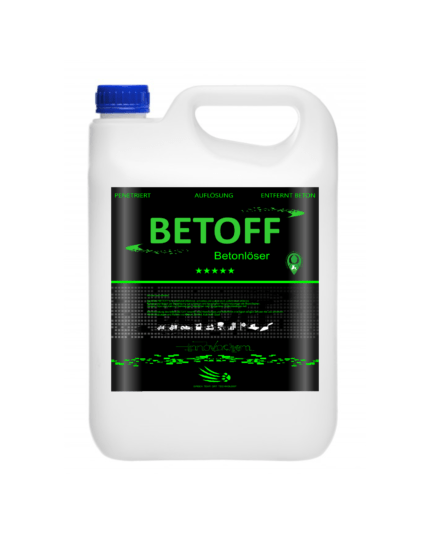Seven steps to painting concrete before prepping it
Concrete paint is a practical way to keep concrete dry and frost-free. Because concrete is a frequently utilized building material, the concrete jungle is always growing. Concrete floors, walls, sidewalks, sheds, cellars, benches, and garages—concrete, concrete, concrete everywhere! Nothing will stop the development of concrete infrastructure, good or bad.
Although concrete offers benefits, it also has drawbacks. The propensity to absorb moisture, which compromises concrete’s durability, is one of the drawbacks. Concrete is best protected by being painted with the unique Betolix LAB-PAINT paint.
Paint for concrete. Make the concrete clean.
The concrete surface you plan to paint should first be cleaned. Every concrete surface needs to be cleaned, regardless of how recent the surface is. Cobwebs, dust, oil, and leaves must all be taken out. Using a pressure washer is an option, but you must ensure that the water pressure is no more than 1750 PSI.
Do not become alarmed if you notice efflorescence on the concrete surface—a white, powdery residue that may occur when the surface is ready for painting. I’ll walk you through how to get rid of it in the next step.
Paint for concrete. Use liquid BETOFF as a pickling spice.
Betolix liquid can be used to remove oil and other stubborn dirt from the concrete surface that you plan to paint. You can dilute this concentrate with water. Measure how soon Betolix dissolves the dirt in the first test, which should be done in a discrete location. We advise diluting it 1:1 with water if it works rather quickly.
Paint for concrete. Fill in the gaps
If there are any cracks on the surface that has to be painted, you should fill them. Naturally, you should use liquid concrete to fill in any gaps. After drying, anything that is visible should be leveled and sanded.
The process of filling the gaps is crucial since improper gap sealing has an impact on the water’s subsequent absorption. Contact zones, or places where the wall and floor meet, should also be well filled. To fill up the spaces, use hydraulic cement with a quick setting time. A hydrophobic surface can be produced by this cement in just five minutes after application. An additional concrete crack sealing product is an acrylic-silicone mixture that is ready for use.
Both items are available for purchase in our web store.
Paint for concrete. A substitute for coating concrete
Should you decide against painting the concrete surface, you can use a concrete sealer, which works similarly to paint in stopping the infiltration of water, moisture, and other substances. Our concrete sealants and impregnants provide the best possible protection. Learn about the qualities of each sealant before selecting one; the best sealant to use will depend on the type of room.
- Paint for concrete
- Concrete top
- Examine
After around 24 hours, the sealant ought to solidify. Conduct a humidity test after this period of time.
Cut two 12 x 12 cm, 3 mm thick sheets of foil, securely adhere them together, and then wait another 24 hours to take them off. If there is any sign of wetness where the foil was attached, you should wait another day for the sealant to cure completely.
Using a dehumidifier or a fan can hasten the sealant’s drying process.
Paint for concrete. The ideal paint for painting concrete
Make sure to consider whether the paint’s maker intended it for concrete painting before selecting one. Certain concrete paints can be applied without the need for a priming. Usually, silicone-derived raw materials serve as their primary constituent. Such paint is suitable for finishing external concrete surfaces as well as interior surfaces.
Paint for concrete. two paint layers
Following the preparation of the concrete surface and selection of the appropriate paint color, apply the first layer of paint and allow it to thoroughly dry. A paint job may take up to four hours to dry. Examine the paint for lumps or inconsistencies once it has dried. Take urgent action to delete any that you find.
Spreading the second coat of paint is necessary to get it into areas that the first coat missed. We are discussing things like microcracks, etc. It’s advisable to wait a few hours for the second coat of paint to fully dry.
Protection of the concrete surface
Use the best products available if you want to protect concrete surfaces as effectively as possible. BETOFF cutting-edge concrete sealing, painting, and impregnation solutions ensure long-lasting protection. Our products are safe, anti-slip, quick-drying, and effective.
View our previous articles here:
- Concrete blocks and paving stones
- AGREEABLE SURFACES AND ROUGHNESS BROUGHNESS AGREEABLE
- How Can Moss Be Taken Out of Concrete Slabs?
- Take Out the Concrete
- Blocks of concrete
How can i dissolve concrete?
You can use innovative liquid BETOFF (concentrate) which is very effective and dissolve concrete very fast.

